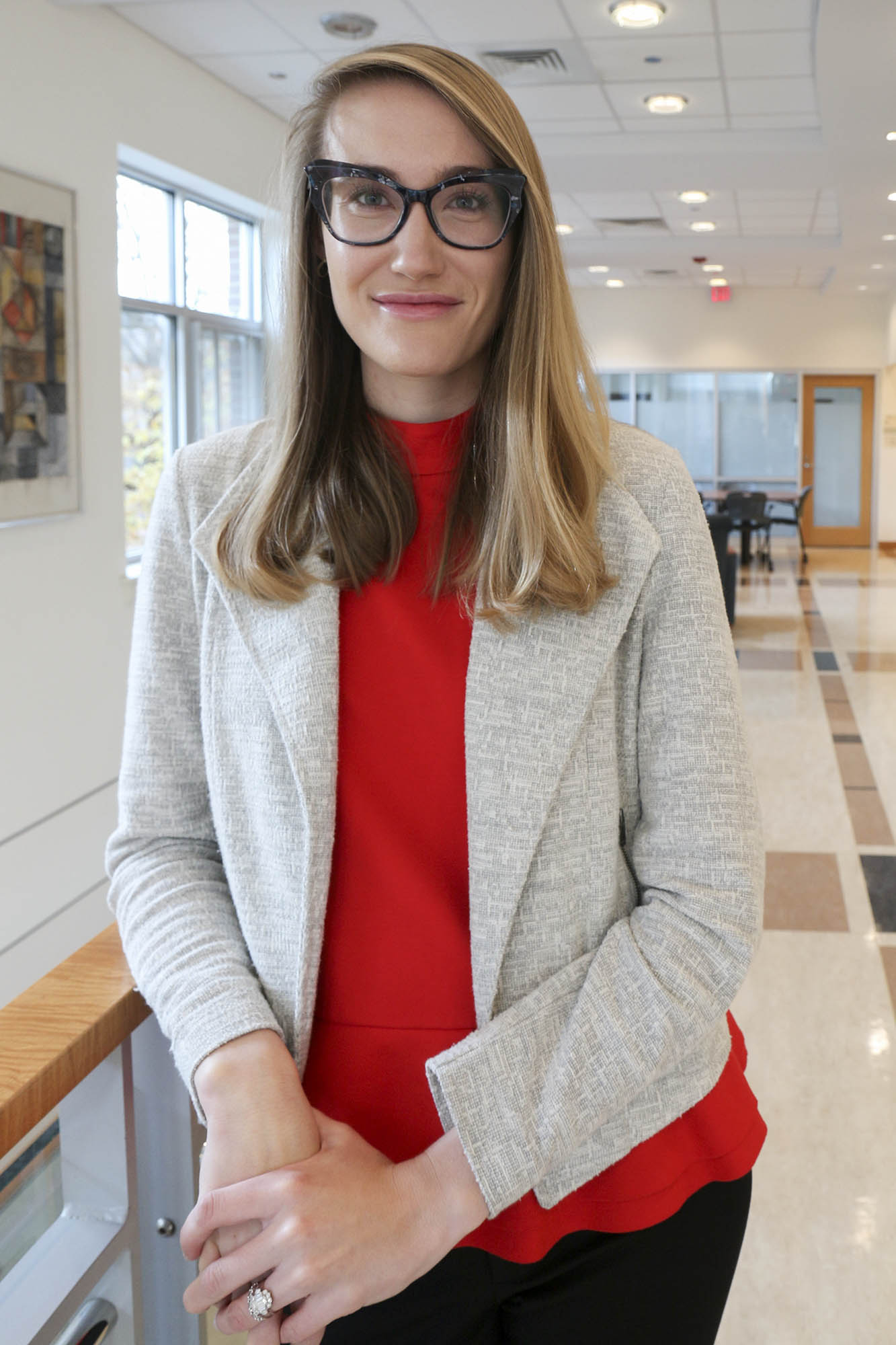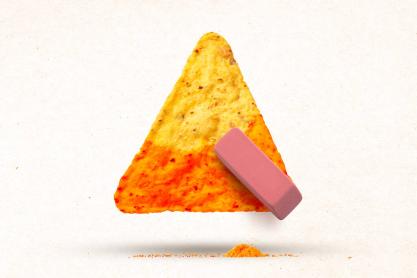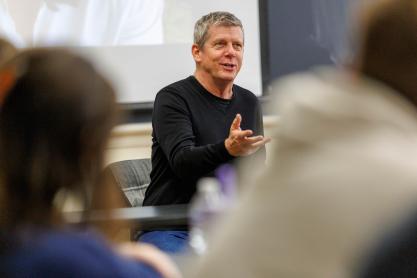Hospitals that employ burnout reduction strategies for nurses – through wage increases, professional mobility, stress reduction and opportunities for learning and leadership – spend about one-third less per year on burnout-attributed nurse turnover costs than hospitals without such initiatives.
That’s the finding of a new study by UVA Health emergency room nurse and School of Nursing doctoral student Jane Muir, whose work, “Evaluating the Costs of Nurse Burnout-Attributed Turnover,” is published in the latest issue of the Journal of Patient Safety. In a moment when health systems across the nation are reeling from acute nursing shortages and more than half of American RNs reports burnout, Muir asserts that making investments to purposefully fight RN burnout and consequent turnover make sound economic sense.
Many of the challenges nurses faced before COVID-19 have been exacerbated by the pandemic and driven them to leave, retire or take jobs that pay more, such as travel nursing. Prior to the pandemic, more than one-third of nurses reported burnout, and annual nurse turnover was about 17%; since COVID-19, nurse burnout has hovered around 50% while RN turnover rates are estimated to be between 20% and 30%.

ER nurse and School of Nursing doctoral student Jane Muir studied the effectiveness of anti-burnout measures taken by hospitals. (Contributed photo)
And while the growth of hospital well-being programs “accelerated when the pandemic started,” Muir said, “it hadn’t been a priority until it was too late.”
Muir compiled data from more than 20 separate studies and found that hospitals with burnout reduction initiatives spent $11,592 per nurse per year employed on burnout-related costs – about 30% less than hospitals without such programs, which spent, on average, $16,736 per nurse per year employed.
Muir also found that nurses working at hospitals with burnout reduction programs stayed at their jobs about 20% longer than nurses working at hospitals without such initiatives.
“Data don’t lie,” said Muir. “There is an economic argument to be made for properly compensating and supporting nurses.”
At UVA Health, programs like Wisdom & Wellbeing help health care staff move beyond burnout by addressing sources of “stress injuries” – an occupational trauma that can trigger debilitating distress, anxiety, substance abuse, and even PTSD – that contribute to work strain by building peer support, education and one-to-one and on-unit consulting. Richard Westphal, Wisdom & Wellbeing co-director and a professor of nursing, said that stress injuries have great human and fiscal costs – from turnover and absenteeism to reduced work productivity, erosion of team cohesion and increased sick days – and affirmed that health systems’ return on investment to mitigate these challenges “is great.”
“Preventing the stress-related turnover of just a few nurses or physicians more than covers the annual cost of well-being initiatives across the entire organization,” he said.
UVA School of Nursing Dean Pam Cipriano – who lamented the loss of departing RNs’ expertise and wisdom as well as the potential reduction in care quality when nurses are “disengaged and fatigued” – said “the benefits of embedding well-being as a value and supporting the workforce cannot be underestimated.”
But too few hospitals routinely and intentionally measure burnout and its link to attrition, Muir said, despite the fact that both are “topics that’ve exploded” during the pandemic. Exit surveys lack consistency across units or hospital to hospital, and “some may not even be using validated surveys that address burnout, but instead offer more opaque reasons like, ‘I’m leaving for personal reasons,’ or ‘The hours don’t work for me,’ or ‘I feel disengaged or have a lack of self-efficacy,’” Muir explained. “We’re not asking specifically about burnout, which leaves some fundamental gaps, and these inconsistencies in measuring clinician burnout limits our ability to address the issue.”










